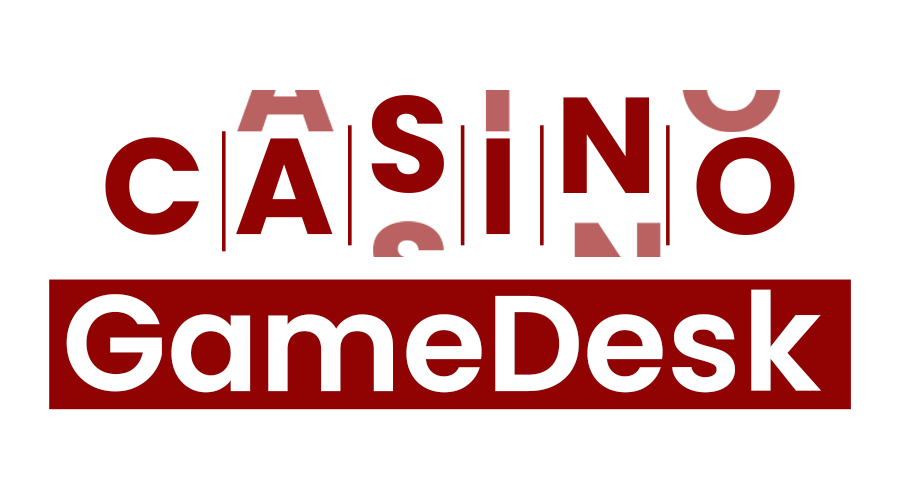Determining the actual value of blockchain gaming assets presents unique challenges compared to traditional investments. While mainstream financial markets have established valuation methods, gaming NFTs and tokens exist in emerging economies with evolving standards and unpredictable market behavior. Market liquidity—the ease with which assets can be bought or sold without affecting their price—is a critical factor in accurate valuation. Players accumulate digital assets in blockchain gaming ecosystems like crypto.games through gameplay, purchases, and trading activities. However, many collectors and investors struggle to assess whether their virtual items carry genuine value or merely perceived worth. Understanding liquidity metrics provides essential context for making informed decisions about when to hold, sell, or acquire gaming assets.
Beyond floor prices
Many newcomers to NFT gaming focus exclusively on floor prices—the lowest available asking price for assets within a collection. While useful as a baseline metric, floor prices provide limited insight into actual market activity. Smart collectors examine:
- Trading volume over different timeframes
- Bid-ask spreads across marketplaces
- Sale frequency compared to total supply
- Price stability during market volatility
Assets with consistent trading patterns and reasonable spreads between buy and sell offers typically represent more liquid investments than those with sporadic activity, regardless of listed prices.
Rarity versus utility
Gaming NFTs derive value from two primary sources: rarity and functional utility. Purely collectable assets rely heavily on scarcity and aesthetic appeal, making them vulnerable to shifting market sentiment. In contrast, NFTs with genuine gameplay advantages or income-generating capabilities maintain value through practical applications.The most resilient gaming assets blend both qualities, offering distinctive visual characteristics alongside meaningful utility. Consider how potential buyers might value each attribute in changing market conditions when assessing your collection. Assets with multiple value drivers typically maintain liquidity during market turbulence.
Exchange listings matter
For fungible gaming tokens, exchange listings significantly impact liquidity and price discovery. Tokens available on major exchanges benefit from:
- Wider potential buyer pools
- Increased market visibility
- Greater price transparency
- Reduced slippage on large trades
Projects with tokens listed exclusively on niche platforms or decentralised exchanges often struggle with liquidity challenges that affect valuation. When evaluating gaming tokens, consider current pricing and the robustness of the trading infrastructure supporting them.
Community engagement signals
Vibrant communities create natural liquidity through active trading, collecting, and gameplay. Social metrics provide valuable insights when traditional financial analysis falls short:
- Discord and Telegram membership growth trends
- Social media engagement rates
- Developer communication frequency
- Tournament participation statistics
These indicators help identify gaming ecosystems with sustainable demand, a prerequisite for liquid markets where assets can be valued confidently. Communities experiencing declining engagement often precede asset illiquidity, regardless of previous trading activity.
Historical volatility assessment
Price history reveals important patterns about asset liquidity during different market conditions. Gaming NFTs and tokens with stable price floors during broader market downturns typically represent more liquid investments than those experiencing dramatic price collapses when sentiment shifts. Analysing price volatility relative to trading volume helps identify assets with genuine market depth versus those manipulated through artificial trading activity. This historical context proves invaluable when valuing assets during uncertain market periods.
Accurately valuing blockchain gaming assets requires looking beyond simplistic metrics to understand the complex interplay between scarcity, utility, and market dynamics. By incorporating liquidity considerations into your valuation approach, you can make more informed decisions about your gaming portfolio while identifying potential opportunities others might overlook. As the blockchain gaming ecosystem matures, these valuation frameworks will evolve alongside more sophisticated market infrastructure.
